We stopped in a tiny little park in Mackinaw City during our recent travels to take in a great view of the Mackinac Bridge. Alexander Henry Park is a small beachfront park on the Straits of Mackinac. It is considered one of the 50 Best Beaches in Michigan solely based on its accessibility and beautiful views of the bridge and island. However, who was Alexander Henry, and why was this cute little park named after him? That is our story for today.
Alexander Henry was a fur trader, merchant, militia commander, and novelist who lived during the American Revolutionary War. Alexander Henry was born in August 1739 in New Brunswick, New Jersey, into a merchant family. He studied his father’s profession and lived as an English colonist. He spent his formative years as an entrepreneur, a fur trapper and hunter with the Indians, an early copper miner, a Great Lakes pirate, and finally finishing his life as a businessman in Montreal.
The Young Merchant Supplies the British Army During Its Movement into Canada

In 1760, at the age of 20, Alexander Henry was in charge of three Bateaux (a light flat-bottomed riverboat) full of supplies. He followed Major-General Jeffery Amherst’s English army’s march around Lake Ontario to Montreal to expel the French. The young businessman had opened his shop in Albany, New York, and earned a fortune supplying the British troops, which was both profitable and dangerous.
When France lost Montreal in September and Canada became accessible to English commerce, Henry traveled back to Albany to stock up on supplies. He sold the commodities at Fort William Augustus and continued to Montreal in January 1761.
Trading Opportunities On The Western Great Lakes
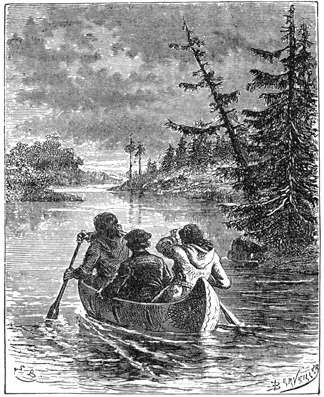
During his stay at Les Cèdres in Quebec, he encountered old fur trader Jean-Baptiste Leduc, who informed Henry about the business opportunities at Michilimackinac and around Lake Superior. This piqued Henry’s interest, and he returned to Albany in the spring to replenish. Henry next traveled to Montreal, where he obtained a fur-trade pass from Major-General Thomas Gage. He was the second Englishman to accomplish so, with Henry Bostwick a few days ahead.
During the summer of 1761, Henry enlisted the services of Étienne-Charles Campion, a guide who chose to go through Ontario, Canada, following the Ottawa River–Lake Nipissing–French River route. Henry continued to Michilimackinac, where he arrived in early September. Alexander Henry was one of the first English traders to set foot in Michigan’s interior.
British And French Hostilities Continue In Northern Michigan
However, the conflict between Britain and France continued, and France’s Indian allies were opposed to the British. Henry tried to pass himself off as a French merchant, fearful of how he would be accepted, but his ploy didn’t fool the Anishinaabe, who grew close to the French. Soon after, one of the nearby Ojibwas’ war chiefs, Minweweh, learned of him, and he and 60 warriors visited Henry, “each with his tomahawk in one hand, and scalping-knife in the other.” Minweweh pledged friendship after first threatening Henry.
Henry Taken In By Chef Wawatam
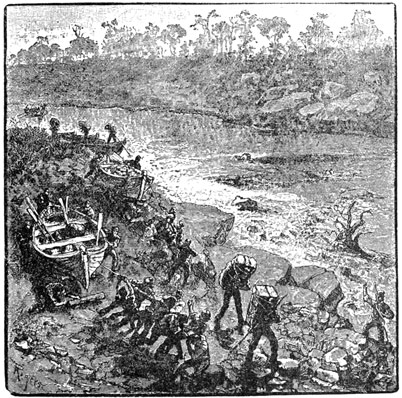
Chief Wawatam, a local Indian chief, was told in dreams and visions that he would adopt a white man as a son, friend, or brother later in life. Wawatam believed Henry was that man, thanks to his guiding spirit. Wawatam adopted Henry as a brother during the winter of 1761–62. In May, Henry traveled to Sault Ste Marie and met fur dealer Jean-Baptiste Cadot. His ability to work successfully with the French and the Indians considerably aided his commercial endeavors.
After a fire destroyed Lieutenant John Jamet’s little fort at the Sault in late December, Cadot and Henry transported him to Michilimackinac through the heavy snow in February. In the spring of 1763, Henry returned to the Sault and met Sir Robert Davers, who was on a tour of the Upper Lakes and accompanied him back to Michilimackinac.
The Fort Was A Rendexous Point for Treaty Gifts
Each summer, thousands of Indians led by their chiefs came to receive presents from the King. They also brought furs, corn, and game to trade with the local traders for blankets, clothing, powder, shot, rum, and trinkets. The Indians, who had worked with the French for several generations, didn’t trust the Britsh who controlled the fort.
The Ottawa leader Pontiac led an insurrection of the Indian tribes against British settlements in the northwest in the spring of 1763. Chief Madjeckewiss, who lived in the village of Cheboygan during the summer, joined Pontiac in his endeavors.
The British garrison at Michilimackinac was surprised and conquered on June 2nd by Ojibwa warriors headed by Madjeckewiss and Minweweh. Henry hid at Mouet de Langlade’s house for a time but was eventually discovered and apprehended. Trader Henry was a resident of the stockade, and his account is the sole complete account of the slaughter, which he penned after his return to England in 1809.
Henry Flees For Safety on Mackinac Island
The Indians, numbering around 350 men, women, and children, chose to travel to Mackinac Island roughly a week after the attack. Wawatam and his family, including Henry, relocated to the island. The Indians began to consume rum that they had stolen from the garrison. Fearing for Henry’s safety, Wawatam escorted him out of camp at night to the island’s interior, to a site known as Skull Cave, where he stayed until Wawatam returned him to camp.
Henry’s Year Among the Indians Taught Him Skills

Henry spent about a year with the chief’s family, accompanying them on their yearly movements to hunting and fishing grounds. Henry accompanied Wawatam and his family to the Ludington area that winter when he hunted and captured Wawatam and his boys. They returned to the Straits of Mackinac in the spring to trade their winter fur harvest.
The band returned to Michilimackinac to trade in the last days of April 1764. When several Ojibwas in Saginaw Bay intended to murder Henry, Wawatam whisked him away to the Les Cheneaux Islands northeast of St. Ignace. Wawatam would then send Henry to Sault Ste. Marie, to ensure his safety. Lieutenant John Jamet Cadot offered Henry safety. Madjeckewiss arrived at the Sault wanting to take Henry’s life, but Cadot persuaded him otherwise.
Henry Returns to British Society Eager To Trade
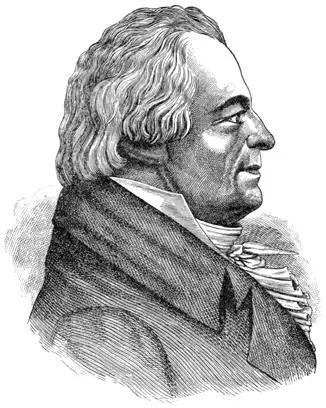
The Ojibwas agreed to attend Sir William Johnson’s peace conference at Fort Niagara, and Henry accompanied them. Henry, however, accompanied Colonel John Bradstreet’s expedition from Niagara to Detroit and joined Captain William Howard’s forces, who reoccupied Michilimackinac in September, anxious to reclaim his goods and property.
Henry obtained a license to trade in the Lake Superior area from Howard in early 1765, and he formed a company with Cadot in July. Henry occasionally represented Robert Rogers, the new commandant at Michilimackinac, when bartering with the Indians. On the other hand, Henry would complain to Johnson about Rogers not compensating him for his efforts. He spent the winter of 1767–68 in Michipicoten River, Ontario.
Henry Trades in UP Copper
In 1768, Henry formed a partnership with Alexander Baxter to extract silver discovered in copper ore on the beaches of Lake Superior. The mining firm built a sailing vessel at the Sault in the winter of 1770 and utilized it to locate and transport copper. Unfortunately, the endeavor was unsuccessful due to a lack of men and the high expense of transporting the ore, and the firm halted operations in 1774.
Henry Becomes a Fur Trading Pirate
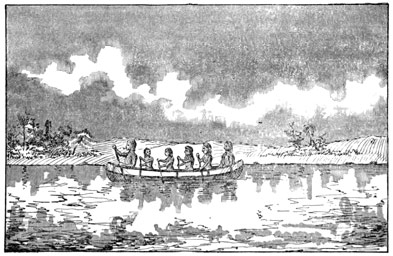
Alexander Henry decided to return to the fur trade by setting out for North-West Canada. On June 17, 1775, he departed the Sault with £3,000 in merchandise and food. He enlisted the help of 52 men, who were transported in twelve small boats and four Voyager canoes.
Because the Hudson Bay Company owned the fur taking charter in that region of Canada, Henry was on a raiding expedition. He established a trading post on Beaver Lake (Amisk Lake), then traveled west to the Saskatchewan River’s Fort des Prairies (Fort-à-la-Corne). Purchasing (or stealing) furs from Hudson Bay Company employees. Henry had returned to Montreal with his sixteen boats and crew, packed with fine furs by July. This raiding expedition made him a wealthy man.
Henry’s Later Life in Montreal
Henry moved to Montreal and worked as a general merchant, while he continued to engage in the fur trade and made trips to Detroit and Michilimackinac. Later in Henry’s life, a new generation took over the fur trade. To relive his exciting past, he wrote a chronicle of his life published in New York in 1809. Henry’s travels and adventures in Canada and the Indian territories between 1760 and 1776 became an adventure classic and are still recognized as one of the best portrayals of Indian life during Henry’s travels.
In 1812, Henry was named vendue master and auctioneer for the district of Montreal, which was his ultimate profession and vocation. He died in Montreal at the age of 85.
Chief Wawatam, his Indian benefactor who frequently saved his life, lived in the Straits area until his death on Mackinac Island, the date of which is unknown.
Sources
David A. Armour, “HENRY, ALEXANDER (1739-1824),” in Dictionary of Canadian Biography, vol. 6, University of Toronto/Université Laval, 2003–, http://www.biographi.ca/en/bio/henry_alexander_1739_1824_6E.html.
The Great Company – Being a History of the Honourable Company of Merchants-Adventurers Trading into Hudson’s Bay by Beckles Willson, March 9, 2013 [eBook #42279] https://www.gutenberg.org/files/42279/42279-h/42279-h.htm
Johnston, Harry Hamilton, Sir, Pioneers in Canada, London; Toronto: Blackie & Son, [191-?]; National Library of Canada.
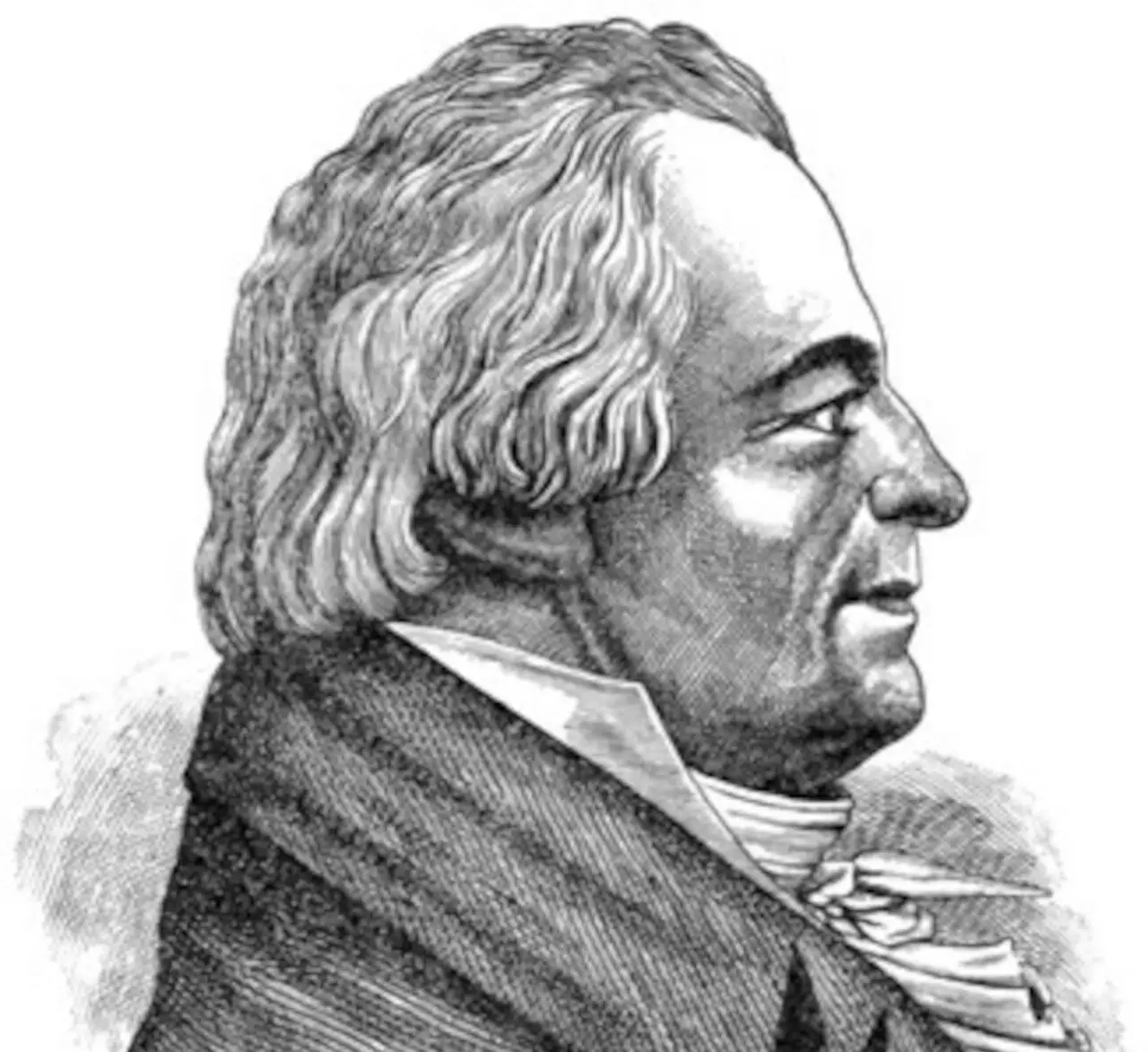

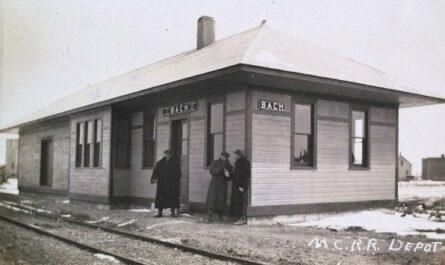
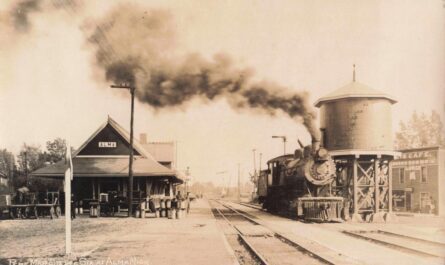
Enjoyed the history of Alexander Henry the Elder as he was my step gggg grandfather. I use to have web pages on our family line. He was married last to Julia Calcutt Kittson Henry, my gggg grandmother. I descend on the Kittson line. Julia’s first husband was Thomas Kittson & by him had only 1 child, George Kittson. When Julia arrived in Canada Thomas was already gone off to war and most likely never saw his son George who was born at Sea or in Cork, Ireland. Julia may not have known that Thomas was captured and returned to the Chelsea Hospital in England. When George was about 5yrs old Julia married Alexander the Elder & they had about 5-6 children (I have the list & their histories). Our family has so much history on both sides of the War. It is so great to read and learn about them all and the lives they affected. My web pages were archieved many years ago.
Hi Roxanne, I appreciate your insight on this notable person in Michigan history.